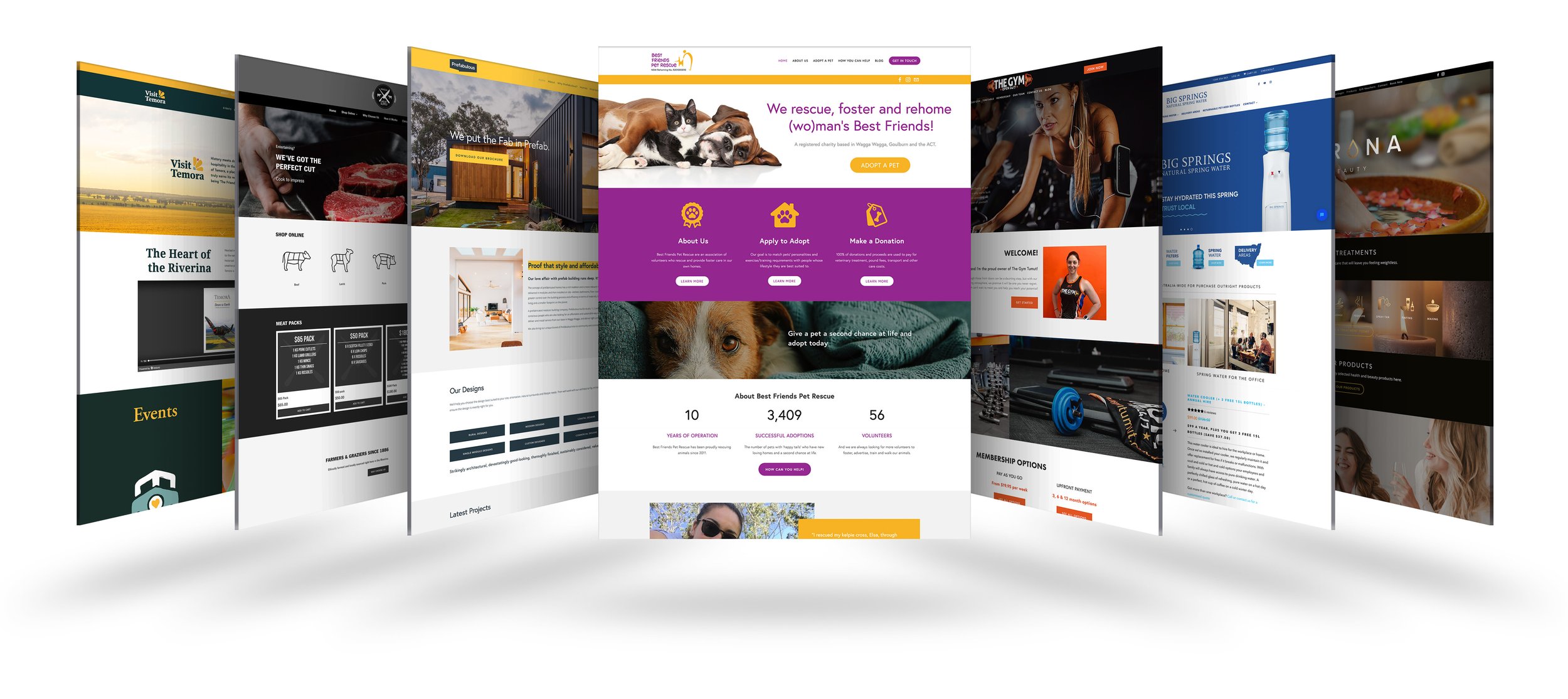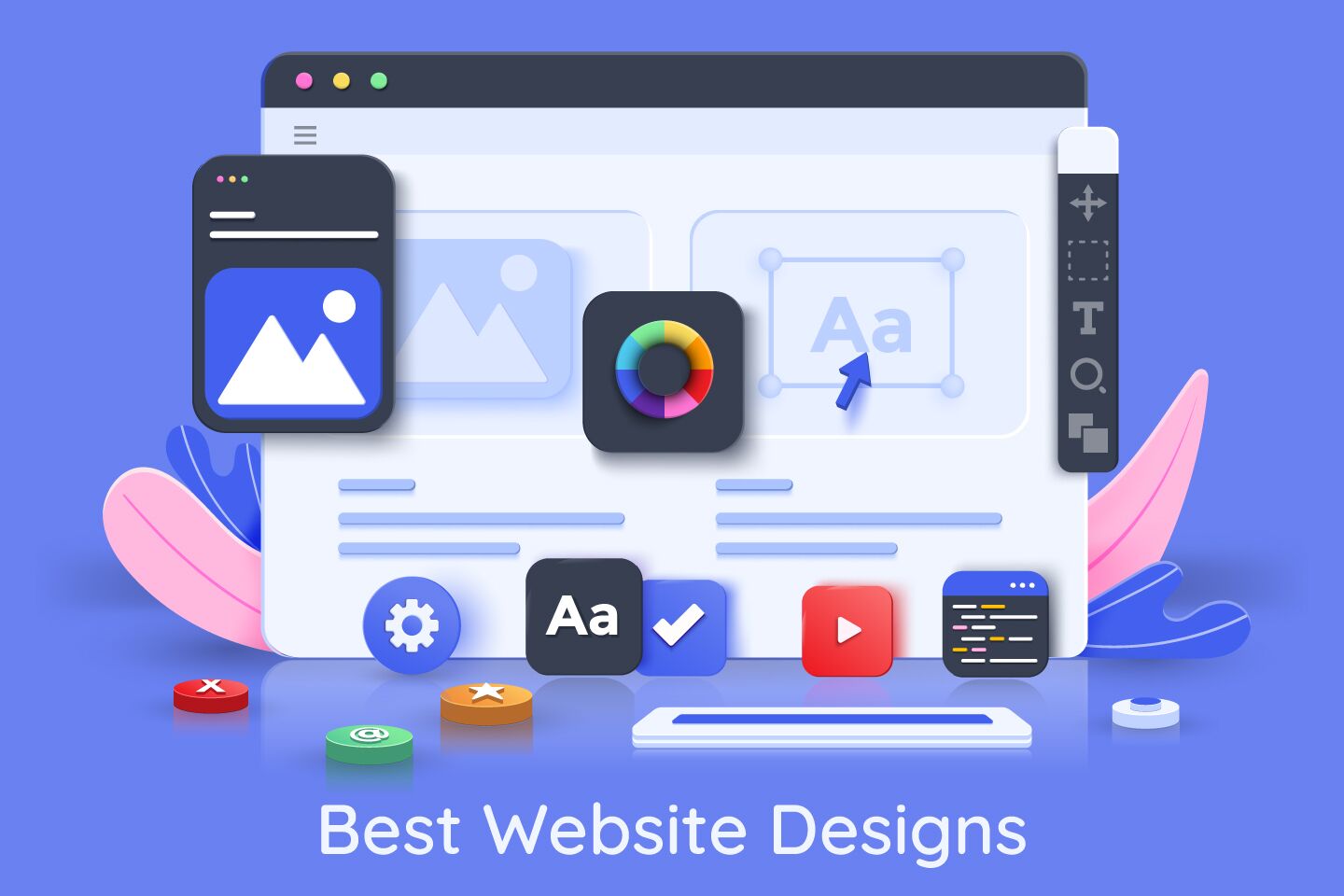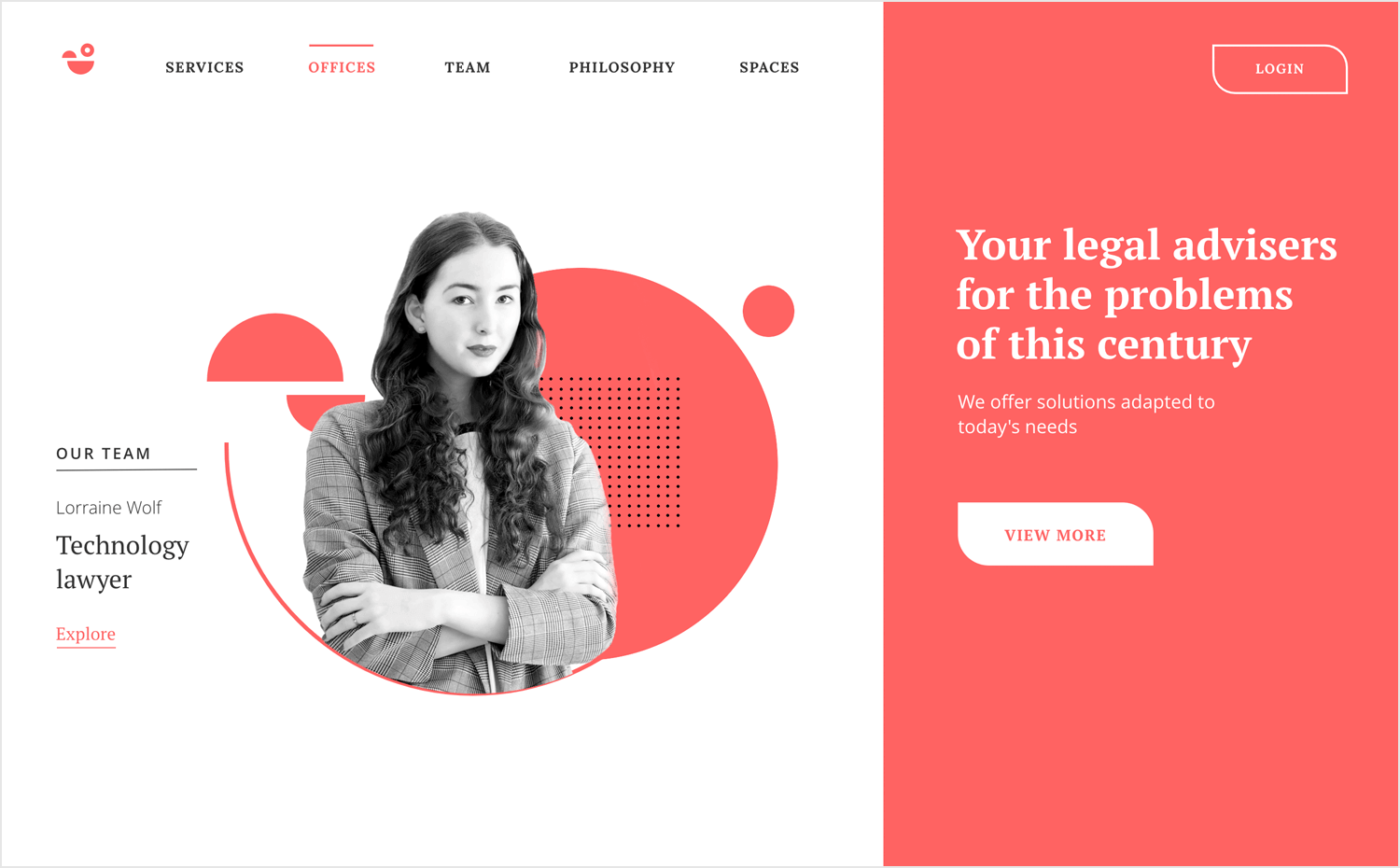Top Tips for Developing an Impactful Web Site Design That Converts
In today's electronic landscape, the relevance of an impactful internet site design can not be overemphasized, especially when it comes to transforming site visitors into customers. To attain this, one have to take into consideration a selection of aspects, including recognizing the target market, focusing on individual experience, and optimizing for mobile systems. The strategic usage of compelling call-to-actions and a distinct visual hierarchy plays a vital function in leading customers through their trip. As we explore these vital elements, it becomes noticeable that the success of your site pivots on even more than just appearance; it needs a thoughtful method to layout and capability.

Understand Your Target Target Market
Recognizing your target market is essential to reliable internet site layout, as it prepares for creating an interesting individual experience. Recognizing who your customers are, including their demographics, choices, and actions, enables developers to customize the web site's web content, format, and performance to satisfy particular needs.
Performing extensive marketing research is important in this procedure. Surveys, interviews, and analytics can provide valuable insights into customer expectations and discomfort points. By compiling this information, designers can produce individual personalities that represent various sections of the target market, making certain that style choices are informed and appropriate.
Moreover, comprehending the target market aids in picking appropriate layout aspects such as color pattern, typography, and images that resonate with users. A website that talks straight to its audience cultivates a sense of link and depend on, encouraging longer visits and greater conversion prices.
Inevitably, a user-centered method to website style not just enhances customer satisfaction however likewise sustains business purposes by driving engagement and commitment. By focusing on the needs and preferences of the target market, an internet site can effectively offer its purpose and attain preferred outcomes.
Prioritize User Experience
To enhance the total effectiveness of an internet site, prioritizing user experience (UX) is essential (Website Design). A well-designed UX ensures that visitors can browse the website effortlessly, discover info promptly, and engage with material meaningfully. This brings about increased user complete satisfaction and greater conversion rates
Begin by carrying out instinctive navigating. Menus ought to be logically structured, permitting customers to locate vital areas of the website with minimal effort. Uniformity in design components, such as shade schemes and font styles, cultivates experience, which is critical for preserving user involvement.
Additionally, consider the loading speed of your web site. A hold-up of simply a few seconds can bring about considerable drop-offs, as customers are much less likely to wait on a slow-loading page. Simplifying images and maximizing code can improve performance and maintain visitors.
By focusing on customer experience, you not only create a more enjoyable atmosphere for site visitors however additionally reinforce your brand's trustworthiness. Eventually, an emphasis on UX is an investment in the lasting success of your site.
Enhance for Mobile Tools
Optimizing for mobile gadgets is vital in today's electronic landscape, where a raising number of users accessibility web sites via smart devices and tablet computers. A mobile-friendly style not only improves user experience yet likewise plays a significant role in enhancing search engine positions. To attain this, it is vital to adopt a responsive style that immediately adapts to different screen sizes and orientations.

Filling rate is an additional critical factor; mobile individuals are generally much less individual and anticipate quick accessibility to info. By prioritizing mobile optimization, you make certain that your website stays competitive and efficiently engages a more comprehensive target market.
Use Compelling Call-to-Actions
A website's effectiveness usually rests on its ability to guide site visitors toward desired actions, making engaging call-to-actions (CTAs) important elements of design. CTAs act as the pivotal points that direct individuals to involve with the site, whether that implies buying, registering for a newsletter, or downloading a source.
To develop effective CTAs, clearness is vital. Usage succinct language that plainly connects the action you desire the individual to take. Phrases such as "Begin," "Authorize Up Free," or "Shop Now" not just communicate seriousness but also get rid of ambiguity. The positioning of CTAs is equally crucial; they should be strategically placed throughout the page to guarantee they are conveniently noticeable, especially in high-traffic areas.
Additionally, the design of CTAs should stand apart without being obtrusive. Use contrasting colors and clear fonts to guarantee they record interest. Furthermore, think about making use of directional cues, such as arrows or pictures, to lead individuals towards these buttons. By focusing on these aspects, organizations can dramatically enhance individual engagement, driving conversions and inevitably accomplishing their site's goals.
Focus on Visual Hierarchy
Efficient site design Going Here depends heavily on a well-structured click to read aesthetic hierarchy that overviews users via web content seamlessly. By organizing components in a fashion that prioritizes details, designers can enhance user experience and promote decision-making. This entails making use of dimension, shade, contrast, and spacing tactically to accentuate one of the most crucial elements of a page.
The usage of bigger typefaces for headings and subheadings establishes a clear distinction between different sections, allowing customers to check material easily. Additionally, employing contrasting shades for buttons and calls-to-action can catch individual attention and urge communication. Whitespace is an additional crucial part; it stops clutter and allows individuals to concentrate on crucial messages without distractions.
Images and graphics must enhance the message while additionally adhering to the well established hierarchy, reinforcing the total message (Website Design). Consistency in layout elements, such as color pattern and typography, more enhances the aesthetic power structure, making navigation instinctive

Final Thought
In conclusion, effective site style necessitates a comprehensive understanding of the target audience, prioritization of user experience, and mobile optimization. Eventually, a well-executed internet site layout offers as an essential part in driving customer activities and achieving company objectives.